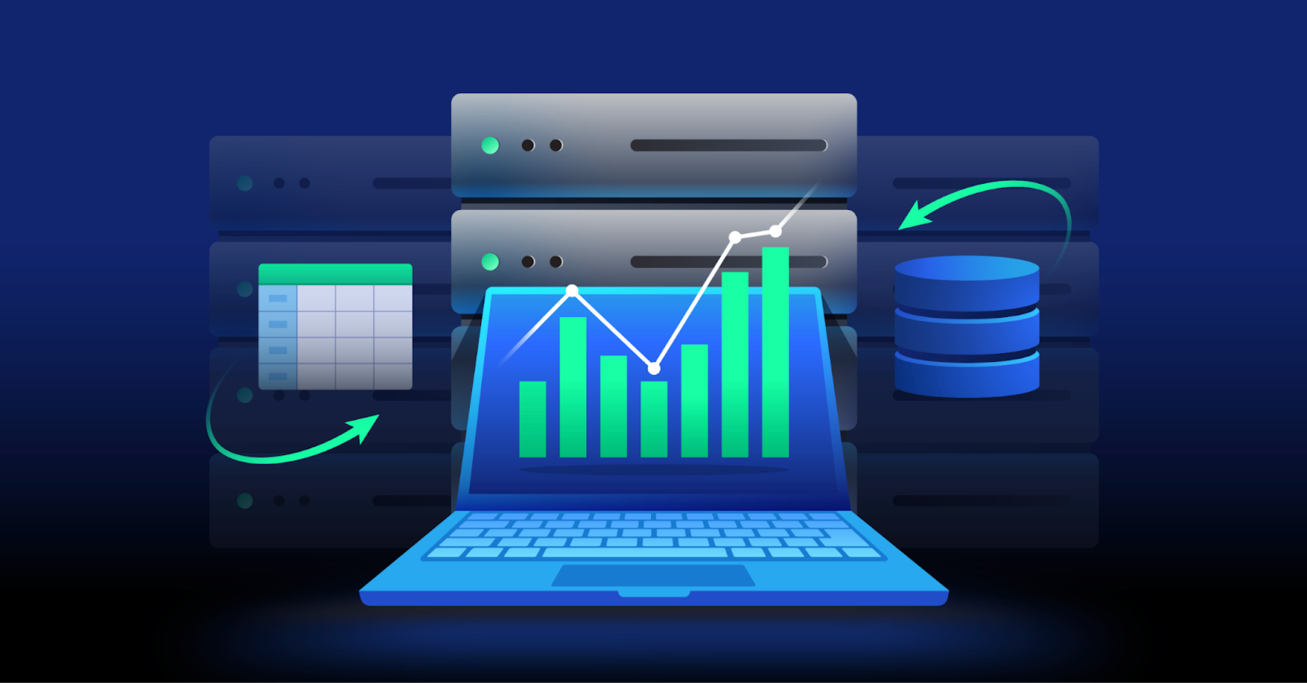Description
Introduction:
This advanced course is designed for developers and data engineers who want to master the performance optimization techniques of Apache Spark when programming with Java. As Spark applications grow in complexity and handle larger datasets, optimizing performance becomes essential for reducing processing time, memory consumption, and computational costs. This course will focus on the techniques and strategies necessary to write efficient and scalable Spark applications using Java.
Participants will learn how to identify and resolve performance bottlenecks, optimize Spark’s memory and execution model, and leverage advanced API features such as partitioning, shuffling, and caching. The course also delves into Spark’s internal execution mechanisms, covering topics like the DAG (Directed Acyclic Graph), the Catalyst optimizer, and Tungsten execution engine. Hands-on projects will reinforce concepts and demonstrate how to apply optimization strategies to real-world big data processing challenges.
Prerequisites of Advanced Apache Spark
- Strong understanding of Java programming
- Prior experience with Apache Spark (core concepts such as RDDs, DataFrames, and Datasets)
- Familiarity with distributed computing principles
- Knowledge of SQL and data manipulation
- Basic understanding of performance tuning in data processing applications (optional)
Table of Contents:
Conclusion
This training equips participants with advanced techniques to enhance the performance of Apache Spark applications using Java. Learners will explore optimization strategies, efficient data processing, and resource management. By the end, participants will be able to build high-performing Spark applications tailored to their specific use cases.







Reviews
There are no reviews yet.